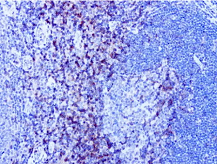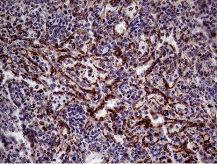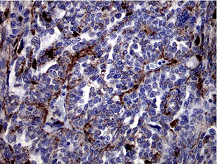Th17 (CD3E, CD4, CTSL, CD161) Antibody Panel
CD4+ T cells differentiate into T helper cell subsets on activation. These subsets differ in terms of cytokine profiles and effector functions. Initially, Th1 & Th2 T cells were identified in mice & humans. Th1 cells produce interferon (IFN-γ) against intracellular microbes, whereas Th2 cells produce IL-4, IL-5, IL-9, and IL-13 against gastrointestinal nematodes and help against allergic disorders. Recently, a new T helper cell, Th17, was discovered. It produces IL-17, IL17-F, and IL-22 in response to extracellular bacteria and fungi. Th17 cells have a broad distribution of IL-17 and IL-22 and have a significant tissue response on activation. This broad response to Th-17 cells has the capability of inducing tissue inflammation and autoimmunity.
Th17 Antibody Panel
Th17 and Tregs
Th17 and Tregs share a common precursor but differentiated Th17 cells and Tregs perform opposite functions. Th17 cells are responsible for autoimmunity and Tregs for immune homeostasis. For induction, the central transcription factor of Th17 cells and Tregs - RORγT and FOXP3, respectively, depend on TGF-β signaling. Antigen-activated CD4 T cells respond to TGF-β , differentiating into Th17 cells or iTregs cells depending on the concentration of IL-6 or all-trans retinoic acid, respectively. IL-21 is induced by IL-6 to upregulate RORγT, leading to the expression of IL-23R and IL-12. The levels of TGF-β and IL23 & IL-12 determine the progeny of Th17 cells; a higher expression of TGF-β gives rise to Th17β cells with higher expression of IL17A and IL17F, with a higher concentration of IL23 gives rise to Th17 γ expressing IL17A, IL-22, and IFNγ. Th1 patterns are seen when the concentration of IL12 is in excess.





